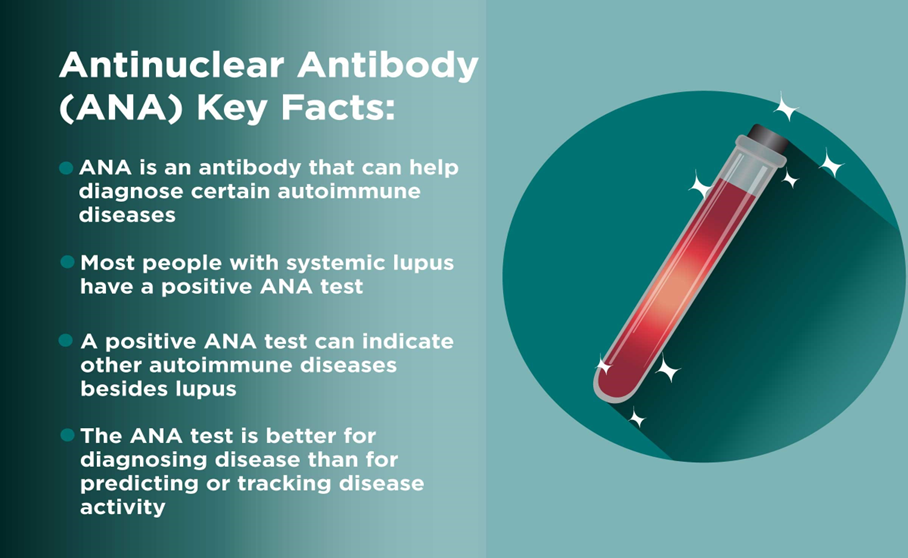A nurse is in the process of collecting a urine specimen for culture and sensitivity through straight catheterization.
Which step should the nurse take in this procedure?
Collect urine from the catheter’s port.
Use a sterile specimen container.
Inflate the balloon with sterile water.
Instruct the patient to clean from front to back with an antiseptic solution.
The Correct Answer is B
Choice A rationale:
Collecting urine from the catheter’s port is not the correct procedure when collecting a urine specimen for culture and sensitivity through straight catheterization. The port is not a sterile environment and could contaminate the specimen, leading to inaccurate results.
Choice B rationale:
Using a sterile specimen container is the correct procedure. This ensures that the specimen is not contaminated by any external bacteria or substances, which could affect the results of the culture and sensitivity test. The container must be sterile to prevent the growth of microbes that are not present in the urine sample. This helps to ensure that the results of the culture are accurate and reflect the microbes present in the urine, not those introduced during collection.
Choice C rationale:
Inflating the balloon with sterile water is not a step in this procedure. The balloon is part of an indwelling catheter, not a straight catheter. An indwelling catheter remains in the bladder for a longer period, and the balloon is inflated to keep it in place. A straight catheter is used for a single voiding or to obtain a sterile urine specimen.
Choice D rationale:
Instructing the patient to clean from front to back with an antiseptic solution is not a step in this procedure. While maintaining cleanliness is important, this specific instruction is more relevant to a clean-catch midstream urine specimen, not a specimen collected through straight catheterization.
Nursing Test Bank
Naxlex Comprehensive Predictor Exams
Related Questions
Correct Answer is ["A","D","E"]
Explanation
Choice A rationale:
Antinuclear antibody (ANA) titer is a blood test that detects the presence of antinuclear antibodies, which are autoantibodies that target the body's own tissues. These antibodies are often present in people with autoimmune diseases, including rheumatoid arthritis.
While a positive ANA test does not definitively diagnose rheumatoid arthritis, it can support a diagnosis when considered alongside other clinical findings and laboratory tests.

Choice B rationale:
Blood urea nitrogen (BUN) is a blood test that measures the amount of urea nitrogen in the blood. Urea nitrogen is a waste product that is produced when the body breaks down proteins.
BUN levels can be elevated in people with kidney disease, dehydration, or certain other medical conditions. However, BUN is not specifically used to diagnose rheumatoid arthritis.
Choice C rationale:
Urinalysis is a test that examines the urine for various substances, including cells, bacteria, and chemicals.
It can be used to diagnose a variety of conditions, including urinary tract infections, kidney disease, and diabetes. However, urinalysis is not typically used to diagnose rheumatoid arthritis.
Choice D rationale:
Erythrocyte sedimentation rate (ESR) is a blood test that measures how quickly red blood cells settle at the bottom of a test tube.
A high ESR can indicate inflammation in the body.
ESR is often elevated in people with rheumatoid arthritis, as it is a marker of inflammation.
Choice E rationale:
White blood cell count (WBC) is a blood test that measures the number of white blood cells in the blood. White blood cells are part of the immune system and help fight infection.
A high WBC count can indicate an infection or inflammation.
WBC count can be elevated in people with rheumatoid arthritis, as it is a marker of inflammation.
Correct Answer is B
Explanation
Choice A rationale:
Collecting urine from the catheter’s port is not the correct procedure when collecting a urine specimen for culture and sensitivity through straight catheterization. The port is not a sterile environment and could contaminate the specimen, leading to inaccurate results.
Choice B rationale:
Using a sterile specimen container is the correct procedure. This ensures that the specimen is not contaminated by any external bacteria or substances, which could affect the results of the culture and sensitivity test. The container must be sterile to prevent the growth of microbes that are not present in the urine sample. This helps to ensure that the results of the culture are accurate and reflect the microbes present in the urine, not those introduced during collection.
Choice C rationale:
Inflating the balloon with sterile water is not a step in this procedure. The balloon is part of an indwelling catheter, not a straight catheter. An indwelling catheter remains in the bladder for a longer period, and the balloon is inflated to keep it in place. A straight catheter is used for a single voiding or to obtain a sterile urine specimen.
Choice D rationale:
Instructing the patient to clean from front to back with an antiseptic solution is not a step in this procedure. While maintaining cleanliness is important, this specific instruction is more relevant to a clean-catch midstream urine specimen, not a specimen collected through straight catheterization.
Whether you are a student looking to ace your exams or a practicing nurse seeking to enhance your expertise , our nursing education contents will empower you with the confidence and competence to make a difference in the lives of patients and become a respected leader in the healthcare field.
Visit Naxlex, invest in your future and unlock endless possibilities with our unparalleled nursing education contents today
Report Wrong Answer on the Current Question
Do you disagree with the answer? If yes, what is your expected answer? Explain.
Kindly be descriptive with the issue you are facing.
